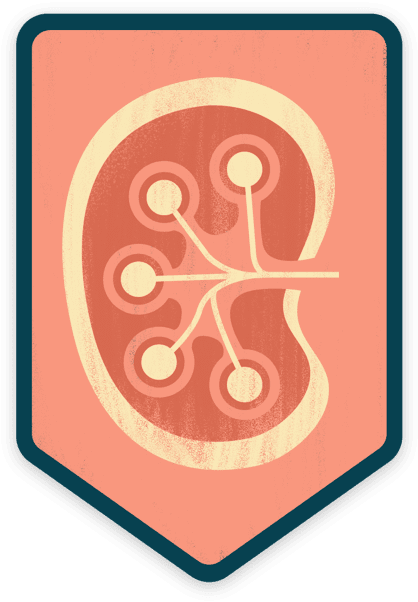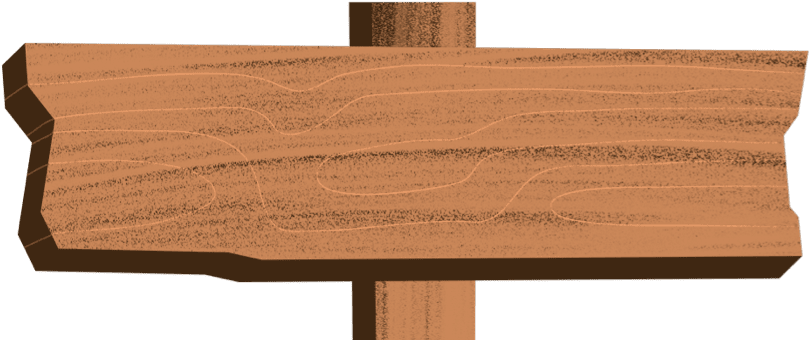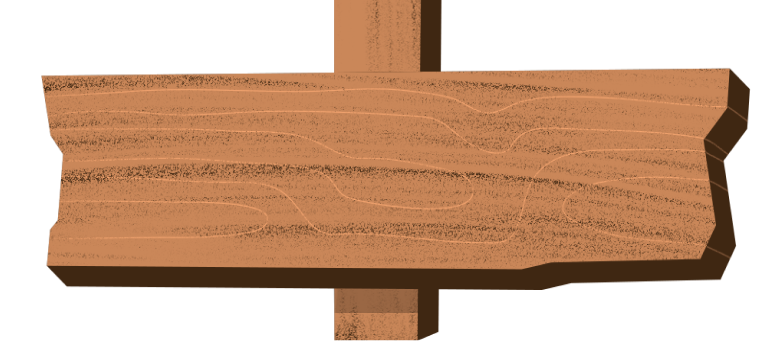Let’s start with the kidneys
Understanding IgA nephropathy begins with understanding your kidneys.
Most people have 2 kidneys1
Most kidneys are the size of a computer mouse2
Kidneys are situated below your ribs toward the middle of your back1
Kidneys are your body’s filtering system, and each one contains about a million tiny filtering units, called glomeruli. Kidneys remove waste products from your blood and extra fluid from your body through your urine, and let proteins and other nutrients return to your bloodstream. In just one day, your kidneys filter about 150 quarts of blood!3
Filtering units
If your glomeruli (kidney’s filtering units) don’t work properly, you may experience:
Proteinuria
Increased level of protein spills into urine1
Hematuria
Blood spills into urine4
Proteinuria is nephrotoxic.5-7
Damaging or destructive to the kidneys
Lowering proteinuria may lower the risk of your disease progressing (getting worse).8
How does IgAN affect the kidneys?

1
For those with IgA nephropathy, a specific antibody—immunoglobulin A (IgA)—is made incorrectly by the body and circulates in the blood.9
Another word for antibody is immunoglobulin




2
Other antibodies are attracted to this misshapen IgA and stick to it, together attracting immune molecules to the kidneys.9


3
Once these groups of antibodies build up in the kidneys, several harmful events take place. Two molecules in particular, endothelin-1 (ET-1) and angiotensin II (Ang II), can worsen damage to the kidneys’ filters, gradually decreasing kidney function and possibly leading to kidney failure.10-13

Everyone has ET-1 and Ang II in their bodies. But in people with IgA nephropathy, these molecules are more active and promote several destructive processes in the kidneys, such as:
- Inflammation
- Tissue scarring
- Multiplication of—or damage to—important cells
- Changes in blood pressure and blood flow


4
The damage done to the kidneys’ filters results in increased proteinuria levels.14,15 Proteinuria then further increases levels of ET-1 and Ang II in the body, creating a harmful cycle.16-18
Increased level of protein spills into urine
Proteinuria can be both a sign of current kidney damage and a cause of future damage.5-7, 14,15
Explore a treatment option that blocks both ET-1 and Ang II.

Who is affected?
IgA nephropathy is a rare kidney disease that is19:
- Most commonly found in Caucasians and people with ancestry from East Asia, including people from China, Japan, Korea, and Singapore. It can also be found in people with Hispanic heritage9,19
- 2x more likely to develop in men than women (in North America and Europe)20
- Known to occur at any age, but tends to appear between one’s teens and late 30s20

SIGNS &
SYMPTOMS
of IgA nephropathy
You may not experience any symptoms with IgA nephropathy at first.1 In fact, 40% of people living with IgA nephropathy have no recognizable symptoms when their disease is first suspected.21
People can have this disease for years without knowing it, as it continues to progress.1
If you do have symptoms, here are the most common to look for:
Hematuria (blood in your urine) that can make it appear dark brown or cola colored1
If you see blood in your urine, reach out to your doctor immediately as this could be a sign of kidney inflammation.8
Foamy urine caused by proteinuria (large amounts of protein spilling into your urine)1
Edema (swelling) in your legs, feet, or ankles1
High blood pressure1
High cholesterol14
Pain in one or both sides of your back below your ribs1
Unusual tiredness20
Do any of these
sound familiar?
DISCOVER DIAGNOSISThe path forward
Progression can be hard to predict because IgA nephropathy varies from person to person.1 But, if you continue to see your doctor, follow your treatment plan, and keep track of numbers like your proteinuria, blood pressure, and eGFR, you and your doctor will have a better idea of how to manage your disease.
Partner with your doctor
Use this guide to help you have proactive conversations with your doctor and monitor your kidney health, together.


How is IgAN
diagnosed?
Thank You!
Your submission has been sent.
You will be hearing from us shortly.

References
1. Mayo Clinic. IgA nephropathy (Berger’s disease). Accessed August 2023. https://www.mayoclinic.org/diseases-conditions/iga-nephropathy/symptoms-causes/syc-20352268. 2. University of Pittsburgh Medical Center. Chronic kidney disease. Accessed August 2023. https://www.wmhs.com/upmc-western-maryland-




